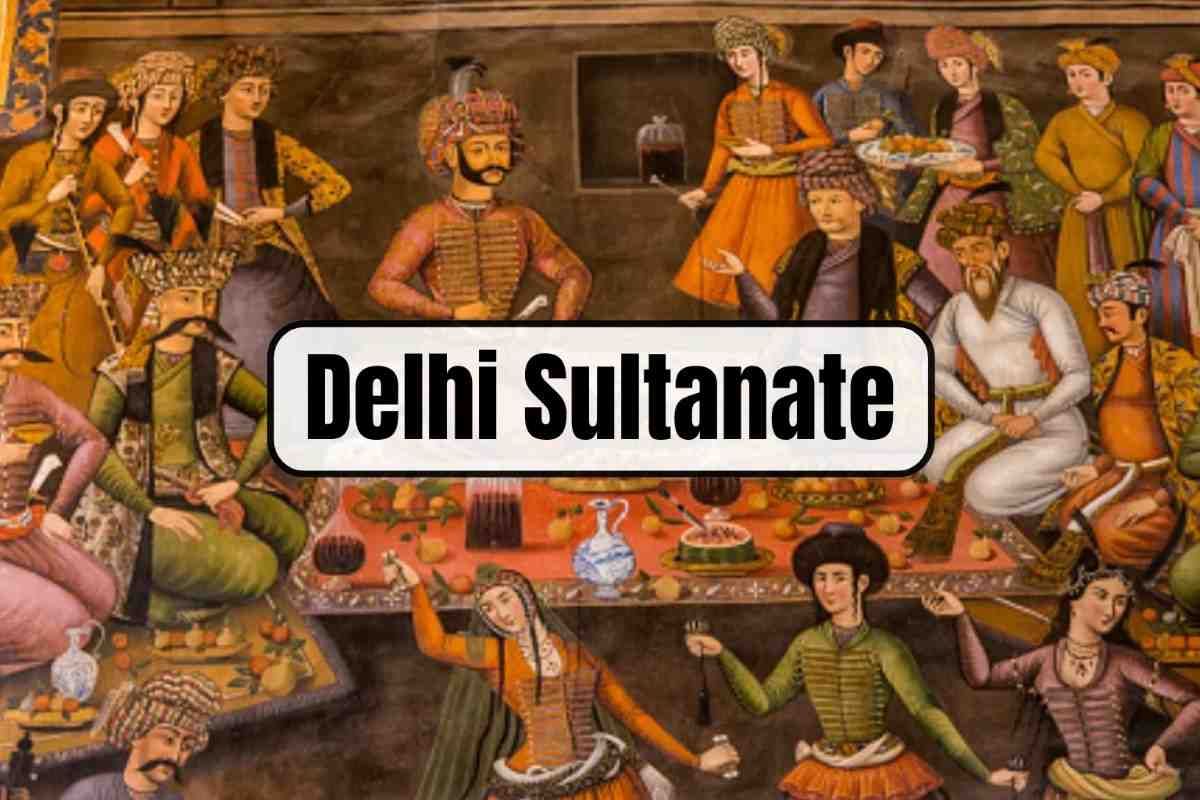Challenges and Achievements of the PM SVANidhi Scheme: Supporting Indian Street Vendors
Inspired by the article “PM SVANidhi: An Idea That Lays down Model for Marginal Vendors to Go Formal” in Mint of September 11, 2024 by Amit Kapoor and Natlia Chakma.
Introduction
Street vendors are an essential part of the Indian economy, contributing to both local commerce and the informal job sector. However, their livelihoods are often precarious, with little legal protection or financial support. In response to the challenges these vendors face, the Indian government launched the Pradhan Mantri Street Vendor’s Atma Nirbhar Nidhi (PM SVANidhi) in 2020. The scheme aims to formalise street vending by providing collateral-free loans and encouraging digital payments. While this initiative has achieved significant milestones, it also faces critical challenges related to urban governance and manpower shifts, particularly in the agricultural sector. The essay discusses the challenges faced by the PM SVANidhi scheme, including urban governance issues, farming sector manpower shortages, and infrastructural limitations, urging for a balanced approach for its success.
Pros of PM SVANidhi
- Financial Inclusion: PM SVANidhi provides working capital loans to street vendors who have historically been excluded from formal banking systems. This initiative empowers vendors by offering collateral-free loans, allowing them to rebuild their businesses after the COVID-19 pandemic, a time when most informal workers were left without any income. As of 2024, more than 6.5 million vendors have benefited from loans worth ₹12,739.6 crore.
- Encouraging Digital Transactions: The scheme promotes digital payments, which help integrate street vendors into the formal economy. Vendors are incentivised to adopt fintech solutions, enabling them to build a credit history, access more loans, and grow their businesses. The shift to digital transactions is expected to enhance transparency and reduce cash-based risks.
- Support for Economic Growth: Street vendors serve as a vital link in urban economies, providing affordable goods and services to millions. By supporting vendors, the PM SVANidhi scheme indirectly supports local economies. Vendors bring goods to urban consumers at affordable prices, benefiting middle- and lower-income groups while reducing unemployment.
- Formalisation and Legal Support: Formalising Street vending through loan registration allows vendors to gain legal recognition, which helps in reducing conflicts with authorities and local businesses. This formalisation is expected to bridge the gap between informal labour and social security.
Cons of PM SVANidhi
- Urban Governance Challenges: Urban governance remains a key issue in the success of PM SVANidhi. Street vending, though vital for the economy, often conflicts with city regulations concerning space allocation, traffic flow, and waste management. Cities like Bogotá and Bangkok have implemented structured policies like designated vending zones, but many Indian cities still lack the urban infrastructure to balance vending with other public needs. This creates conflicts between vendors and local authorities, who must maintain public order.
- Manpower Shortages in the Agricultural Sector: A lesser-discussed consequence of street vending is its effect on rural economies. Many street vendors are migrants from rural areas, where agricultural jobs have become unattractive due to low returns and poor infrastructure. This rural-to-urban migration exacerbates the existing shortage of manpower in the farming sector, reducing agricultural productivity and creating long-term food security concerns.
- Informal Sector Vulnerabilities: Despite the benefits of formalisation, many vendors remain unaware of the scheme or do not have the documentation required to access its benefits. This perpetuates the informality of the sector, leaving vendors without social security benefits and vulnerable to exploitation.
Achievements of PM SVANidhi
- Broad Participation and Impact: One of the key achievements of PM SVANidhi is the large number of beneficiaries. With more than 6.5 million vendors accessing loans, the scheme has expanded financial inclusion at an unprecedented scale. Moreover, the scheme’s focus on fintech solutions has introduced street vendors to digital banking, enabling them to grow their businesses more effectively.
- Resilience Post-COVID: PM SVANidhi played a critical role in helping street vendors recover from the economic devastation caused by the COVID-19 pandemic. The scheme provided much-needed financial aid at a time when most informal workers had no access to income or social security.
- Steps Toward Formalisation: The formalisation of street vending, encouraged by PM SVANidhi, helps in regulating the sector and reducing illegal evictions and harassment. Legal recognition offers street vendors protection and opportunities to grow their businesses in a secure environment.
Challenges Faced by PM SVANidhi
- Lack of Urban Infrastructure: The successful implementation of PM SVANidhi requires a supportive urban infrastructure. Indian cities need to designate vending zones, provide waste management systems, and regulate pedestrian traffic, similar to models in Bangkok and Hanoi. Without proper space allocation and public service management, vendors will continue to face operational challenges.
- Limited Reach in Rural Areas: Although PM SVANidhi focuses on urban street vendors, it indirectly affects the agricultural sector. The continuous migration of rural labour to urban areas in search of better opportunities results in labour shortages in farming communities. This reduction in manpower can decrease agricultural productivity and, in the long run, harm the economy.
- Inadequate Awareness and Accessibility: A significant challenge for PM SVANidhi is raising awareness about the scheme. Many vendors, particularly those in smaller towns and less connected regions, are unaware of the benefits. Even when they are informed, the process of registration and documentation can be a barrier.
- Dependence on Informal Economies: PM SVANidhi addresses financial inclusion, but the larger problem of informality remains unresolved. The vast majority of street vendors still operate without licenses or legal recognition. Unless more comprehensive urban policies are implemented, vendors will remain in the informal sector, vulnerable to exploitation and economic precarity.
Conclusion
PM SVANidhi is a landmark initiative that has provided financial relief and formalisation opportunities for millions of street vendors. It offers numerous advantages, including financial inclusion, digital transactions, and post-pandemic resilience. However, it is not without its challenges. Urban governance remains a critical issue, with cities struggling to accommodate both formal and informal sectors. Additionally, the scheme exacerbates the labour shortage in rural areas, particularly in farming, where declining manpower poses a threat to agricultural productivity. To truly support street vendors and strengthen the agricultural sector, India needs a dual approach. Urban infrastructure must improve, with designated vending zones and better public services to manage the growing informal economy. At the same time, rural areas require investment in modern farming technologies and infrastructure to retain labour and improve productivity. Only through such an integrated policy can the benefits of PM SVANidhi be fully realised, ensuring that both street vendors and farmers thrive in India’s evolving economy.




[…] Thestudyias […]